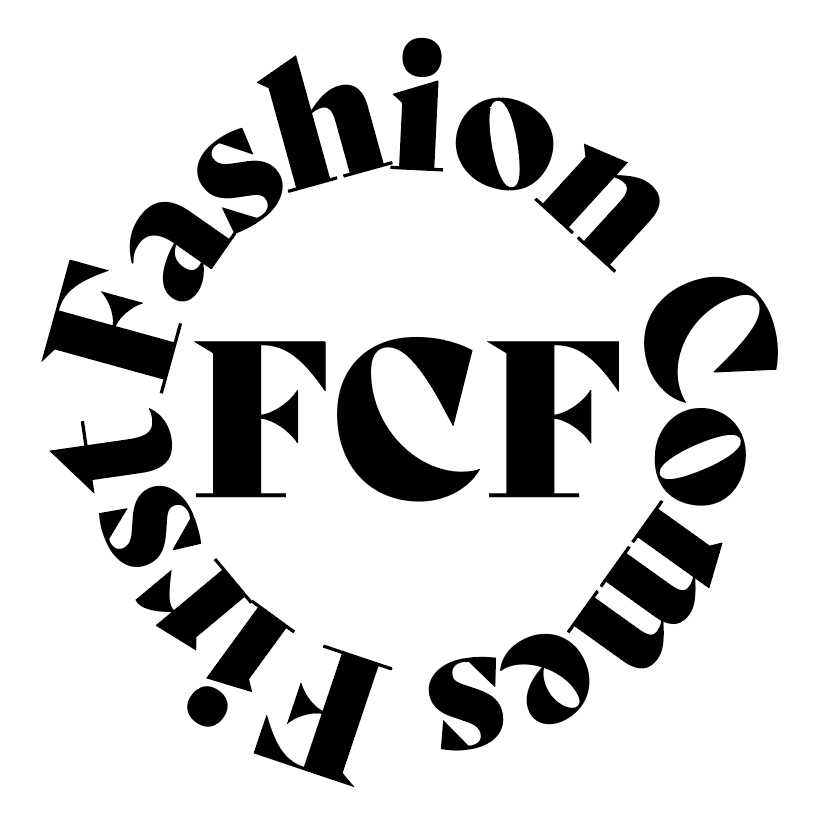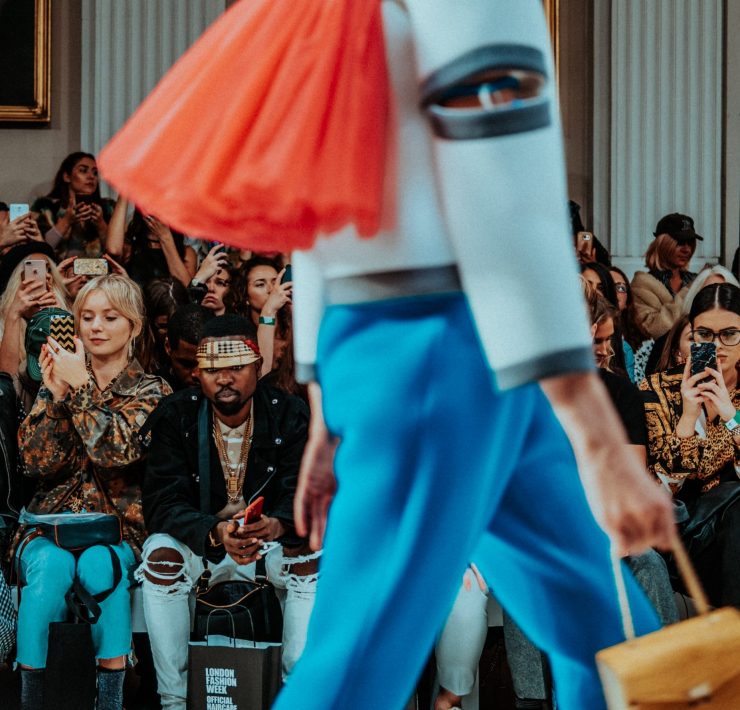Over the last few years, the secondhand luxury fashion market has witnessed unparalleled growth, especially when compared to the firsthand market. According to LUXE Digital, the latter grew at a 3% rate, while the former was at 12%. In fact, we have been witnessing a fall in the prejudice regarding secondhand goods, which, as a consequence, have acquired the endearing title of pre-loved or even the trendy, vintage. Alas, a term that is not entirely correct as vintage, refers to a specific time period. Hence, a last-season Chanel bag can be secondhand, but it is definitely not vintage.
Nevertheless, secondhand garments are no longer seen as necessary for those who can’t afford firsthand pieces, but as a cool, and even chic, way of shopping. And who is at the forefront of this trend? Millennials, of course. We might have been called self-entitled and self-obsessed, but the truth is that, as we grow up, it has become evident that we can do more than take selfies. A value-driven generation, we shied away from purchasing from fast fashion brands and corporations who do not align with the values that we believe in. It is this, among other reasons, that lead millennials to enter the secondhand world.
Recently, for scholarly purposes, I wrote a dissertation that dwelled on western millennials’ motives for purchasing secondhand and/or vintage luxury fashion. The results left no doubt as to why this generation was so willing to opt for secondhand fashion. First of all, frugality. The less expensive price tag allows millennials to find a Saint Laurent Loulou leather bag, with minimal wear, for a much friendlier price. The chance to be dressed to impress without ruining our bank account?
Sign us up, please!
Secondly, there is also an environmental aspect. Yes, it’s millennials who are the front of Fridays For Future protests. Amid our avocado toasts and expensive brunches, we put aside the meat and classify ourselves as plant-based. Indeed, millennials seem to be the first generation to care genuinely about and take action against climate change. Their fashion choices further represent this desire to save the planet.
No matter how sustainable a brand is, or claims to be, firsthand requires production and, hence, has an impact, even if minimal, on the environment. Secondhand and, given it has already been produced and is unwanted by those who first bought it, is the most sustainable way of shopping. That is why millennials are going onto Vestiaire Collective, TheRealReal, or their local secondhand/ vintage shops searching for luxury bargains. It’s not only a great deal for them, but also for our planet. Millennials acknowledge the importance of working towards a more circular economy and know what needs to be done in order to achieve it. They identify themselves with this sustainable, waste-less economy and put their money where their mouth is by purchasing secondhand/vintage.
And isn’t that what we all should do?
In a year of great adversity, shouldn’t we all take a moment to think about our planet’s state and what the corporations we support stand for? Should we really want to support a brand whose practices we disagree with, be it sweatshops in Bangladesh, or disregard for animal life by using leather? Millennials have answered: no, we don’t. By purchasing secondhand, and hence not giving their money to these corporations, as well as buying already-made pieces with no environmental impact, they are making a difference in the world. My advice is that we follow their lead.













